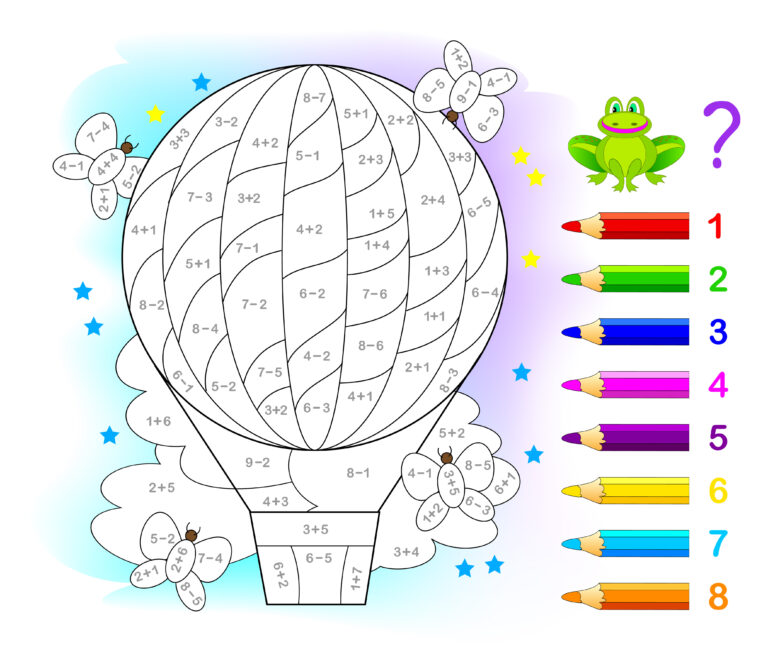After iodine-131 (I-131) therapy, patients must avoid close contact with others for a period that typically ranges from several days up to about one month, depending on the dose administered and specific medical advice. This precaution is necessary because I-131 emits radiation that can expose others through proximity and bodily fluids shortly after treatment.
The radioactive iodine used in therapy concentrates mainly in the thyroid gland but also circulates in the body before being eliminated. During this time, patients emit low-level radiation externally and excrete radioactivity via urine, sweat, saliva, tears, and feces. To minimize radiation exposure to family members—especially children and pregnant women—patients are advised to maintain distance from others immediately following treatment.
Common recommendations include:
– **Avoiding close physical contact**, such as hugging or holding children.
– **Maintaining a distance of about 1 to 2 meters** from other people when possible during the initial days post-treatment.
– **Sleeping alone** for at least several days.
– **Using separate bathroom facilities if feasible**, flushing toilets twice after use to reduce contamination risk.
– **Refraining from sexual intercourse** for approximately one month or as directed by healthcare providers; this helps prevent potential risks related to conception due to temporary effects on reproductive cells.
Women are generally advised not to become pregnant for at least six months after receiving I-131 therapy because of theoretical risks posed by residual radioactivity affecting fetal development. Men may also be counseled regarding fertility considerations during this period.
The exact duration of these precautions depends on factors such as:
1. The total radioactive dose given: Higher doses require longer isolation periods until radiation levels decrease sufficiently.
2. The patient’s metabolism and rate of iodine clearance: Most radioactivity diminishes significantly within a few days but can linger at low levels for weeks or months without posing significant risk.
3. Local regulations and hospital protocols: Different countries or institutions may have varying guidelines based on safety standards set by regulatory bodies.
Typically, patients receive detailed instructions tailored to their situation before discharge if treated outpatient or upon release from inpatient care where they remain until their activity falls below safe thresholds (often around 1100 MBq). These instructions emphasize hygiene practices like frequent handwashing and avoiding sharing utensils or towels during the initial phase when radioactivity is highest.
Most importantly, once most of the radioactive iodine has been cleared—usually within a few weeks—the patient’s residual radiation level becomes very low and no longer poses meaningful exposure risk to others. At this point normal social interactions can safely resume without special restrictions.
In summary:
Patients undergoing Iodine-131 therapy should expect an isolation period involving avoidance of close contact with others primarily lasting several days up to about one month post-treatment depending on dosage specifics; sexual activity is commonly restricted for around one month; pregnancy should be avoided for six months following treatment; strict hygiene measures help reduce secondary exposure risks; adherence to personalized medical guidance ensures safety both for patients themselves and those around them while residual radioactivity diminishes over time.





